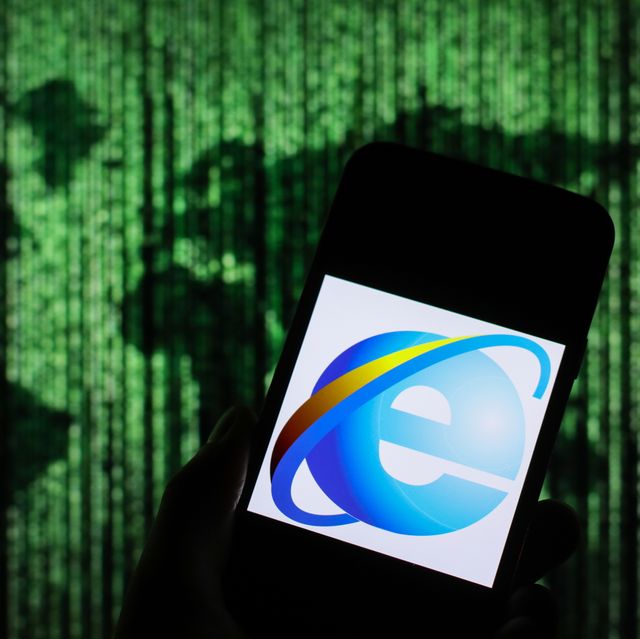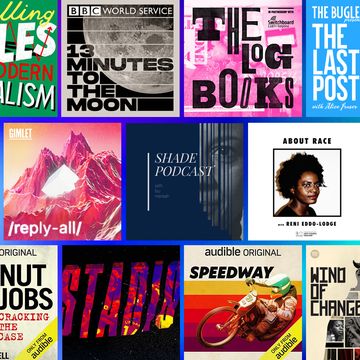Today, Microsoft is retiring its legacy browser and cutting off support for versions of the Windows 10 operating system, ending a 27-year run of one of the very first internet browsers. But with no software updates in almost a decade, Internet Explorer had already been on life support for quite some time. Now, the death certificate is officially here.
If you’re still using Internet Explorer (for some reason), your best option is to switch to a different browser that pushes out regular security patches, so that you don’t leave your machine open to the risk of malware and viruses that can lead to cyberattacks, scams, and personal information leaks.
To push its own product forward, Microsoft recommends that users should switch to Microsoft Edge, the company’s successor to Internet Explorer, which first launched in 2015. Microsoft built Edge on Chromium (an open-source browser project) and features a built-in Internet Explorer mode.
“Not only is Microsoft Edge a faster, more secure and more modern browsing experience than Internet Explorer,” the company writes in a 2021 blog post, “but it is also able to address a key concern: compatibility for older, legacy websites and applications.” And therein lies both the future of Microsoft web exploration, and the reasons why the company needed something new: Internet Explorer was a dated operation plagued with compatibility and security concerns.
You can blame Microsoft, if you like (and many do) for the demise of Internet Explorer and the need to render it completely obsolete. When IE launched in 1995, as an add-on to Windows 95, it did so without much competition beyond Netscape Navigator. Then, included as part of the Windows package, Internet Explorer quickly rose to unparalleled market share, as much as 95 percent in 2003. And that’s when things started going awry.
Microsoft didn’t follow World Wide Web Consortium practices; The Consortium is the international standards organisation for all things World Wide Web. When competitor browsers started entering the fray—looking at you Firefox, and eventually Google Chrome, among others—web developers could build one site that looked good virtually everywhere, but didn’t quite work right on Explorer due to Microsoft’s lax standards practice. Of course, a five-year gap with no updates between Internet Explorer 6 and Internet Explorer 7 didn’t help matters, either, leading to issues like gaping security holes and crashing.
During the true demise of Internet Explorer—with troubles cropping up, and competitors taking over market share—the browser quickly reduced itself to an afterthought in modern-day browsing. With only about 2 percent of all U.S.-based users logging on through Explorer in 2022, current issues with Explorer aren’t so much about surfing the web, but the fact that legacy websites still had ties to the browser.
Those days are over. After 27 years, Microsoft Edge aims to fill in the gaps left by a dated browser that never recovered from its early success. Instead of patching and fixing a relic that was likely too far gone to fix, Microsoft started anew.
According to a Microsoft FAQ page promoting Edge, as technology has outpaced Internet Explorer, users began demanding a browser built with new web standards and innovation in mind. “It takes time to develop a browser that can meet the needs of today and the future,” the company wrote.
So while Internet Explorer drops away, that leaves open one glaring question: What does this mean for the future of your favourite internet browsers? A future-looking perspective on web development.
Every browser has its own niche base of users. And while security, privacy, and performance should be hallmarks of any modern-day browser—features even Microsoft admitted Internet Explorer didn’t have—make sure you’re up-to-date on your version of choice.
Tim Newcomb is a journalist based in the Pacific Northwest. He covers stadiums, sneakers, gear, infrastructure, and more for a variety of publications, including Popular Mechanics. His favorite interviews have included sit-downs with Roger Federer in Switzerland, Kobe Bryant in Los Angeles, and Tinker Hatfield in Portland.













